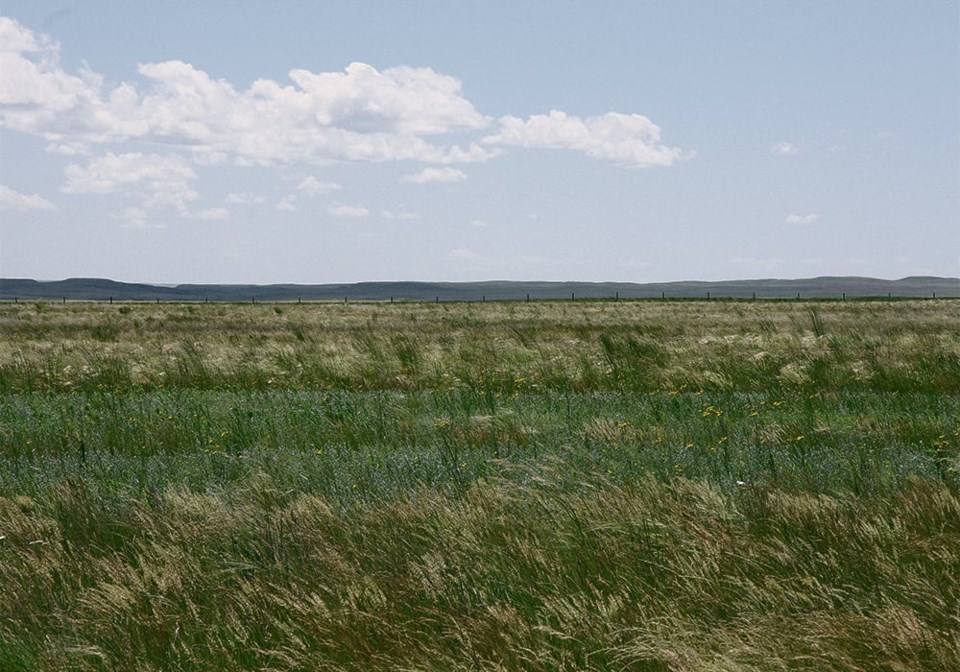SASKATOON — Producers will be financially rewarded for the carbon stored in grasslands some day, but they have to first make sure those lands are retained, producers attending a recent livestock summit heard.
University of Alberta researcher Ed Bork said he believed landowners will eventually be paid for carbon storage and other environmental benefits that grasslands and pastures provide.
He said many third parties reap the economic benefits grasslands provide, including watershed management, wildlife habitat and pollinators for grain production.
Bork said in some parts of the world producers are compensated for providing these services and Canadians should be, too.
Studies have been able to quantify many of the benefits, including carbon value.
All agricultural systems remove carbon dioxide through plant growth. On the Prairies, carbon is fixed in the summer and gradually lost over winter. Bork said whether grasslands are a net source or sink depends on the balance.
Globally, grasslands store about one-third of the terrestrial carbon.
Bork said studies of more than 100 sites in Alberta, in a range of zones, found that drier grasslands contain 50 to 60 tonnes of carbon per hectare. The moist or high rainfall grasslands in the southwestern regions contain three times that much by conservative estimates, he said.
Those values are at a depth of 30 centimetres and more is stored below that.
Bork said only a “tiny amount” of this is in the live vegetation and much of the carbon is in dead plants.
“To our surprise some of the high rainfall grasslands in Alberta had 10 to 15 tonnes of carbon in the mulch layer,” he said.
But most is in the soil organic matter because grasslands have a high root-to-shoot ratio, he said. Work in the Matador pasture in Saskatchewan decades ago found a ratio of 7:1.
That carbon is protected, stable and undergoes very slow change, Bork said.
Silvopastures, or those with trees, contain proportionately more carbon than cropland. Research found that while 55 percent of the land in central Alberta is in cropland, it contained only 46 percent of the carbon. Silvopastures accounted for less than 20 percent of the land but about 33 percent of the total carbon stock.
“We know that the existence of these silvopastures and the incremental carbon they contain is valued at roughly $9 billion,” said Bork. “Producers are not getting paid for it, so it’s a classic externality.”
Clearing this type of land for grain production results in carbon loss. Central Alberta has lost about 125,000 acres of silvopastures in the last 20 years, resulting in a loss of 400,000 tonnes of carbon each year.
That’s a loss of $200 million at the 2022 carbon value of $50 per tonne.
Bork said fine-tuning grazing activities can influence carbon stocks on land that has been grazed for a long time.
“We want to be able to predict where and when changes in carbon occur,” he said. “Policy makers want this predictability for defendable accounting of what kind of incremental carbon we’re going to store.”
He said that’s also important for social expectations as consumers make choices about where to buy their beef.
Angela Griffiths, vice-president of food safety, animal welfare and environment at A & W restaurants, said consumer research showed that while food affordability is currently top of mind for consumers, environmental concerns aren’t far behind. She told the summit that the purchasing power of Gen Z is now higher than that of the millennial generation.
“What’s very clear about Gen Z is that even more than the millennials, and certainly more than the broader population, they feel that they can do something and make a difference through the choices they make and the purchases they make,” she said. “They are more than willing to take action on what they believe in.”
Gen Z consumers choose to buy from companies that do the right things for the community, people and the planet, she said.
“Almost 70 percent are willing to pay more for a brand they believe in.”
Bork said many people would be surprised to find out that healthy soil is also a methane sink because there are microbes that use methane as a substrate for growth rather than carbon dioxide or other sources. Soils managed under adaptive or regenerative grazing methods have higher methane uptake, he said.
That fits with Griffith’s point that beef must be more sustainable and it must be seen to be more sustainable to meet consumer expectations.

